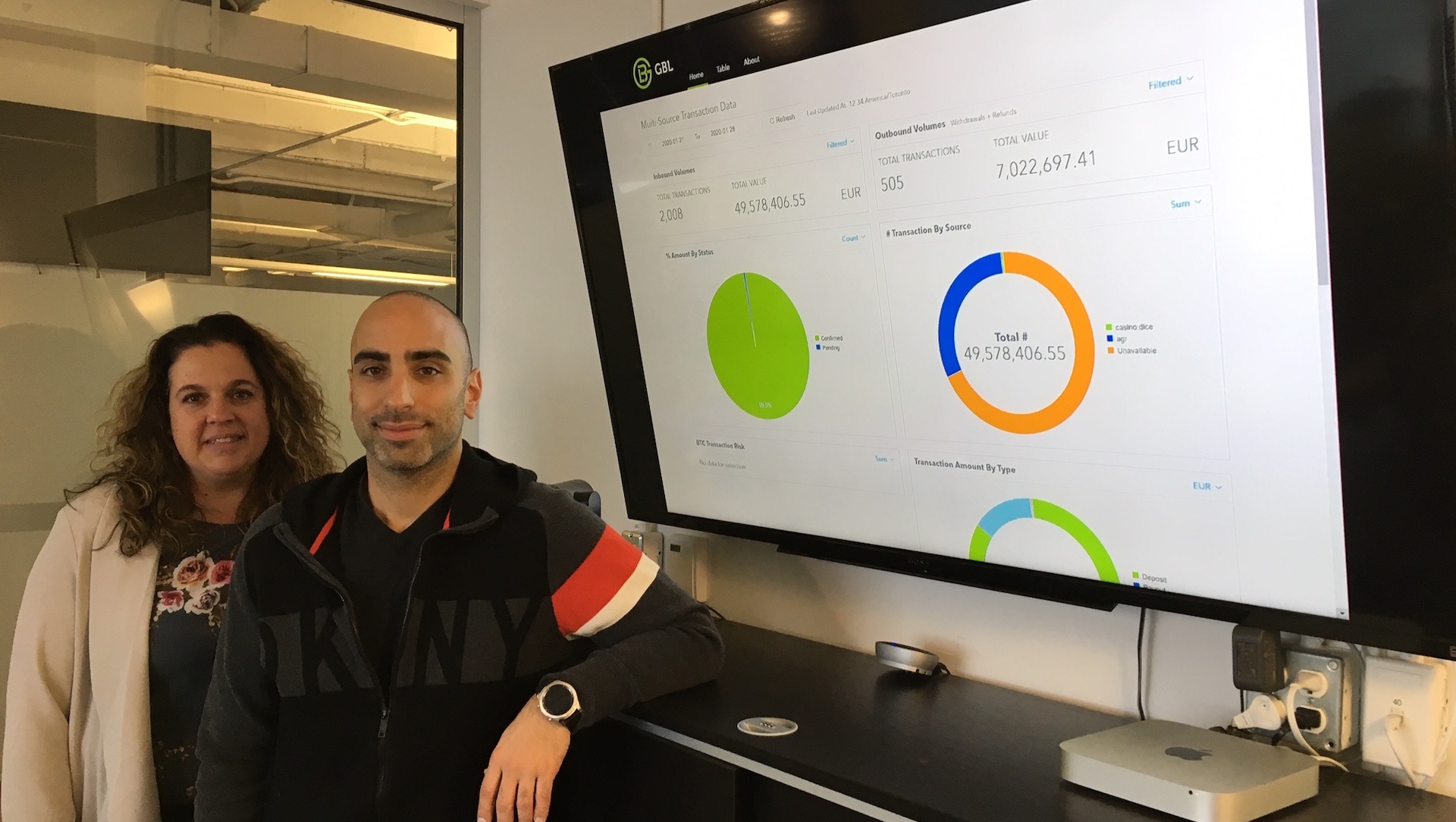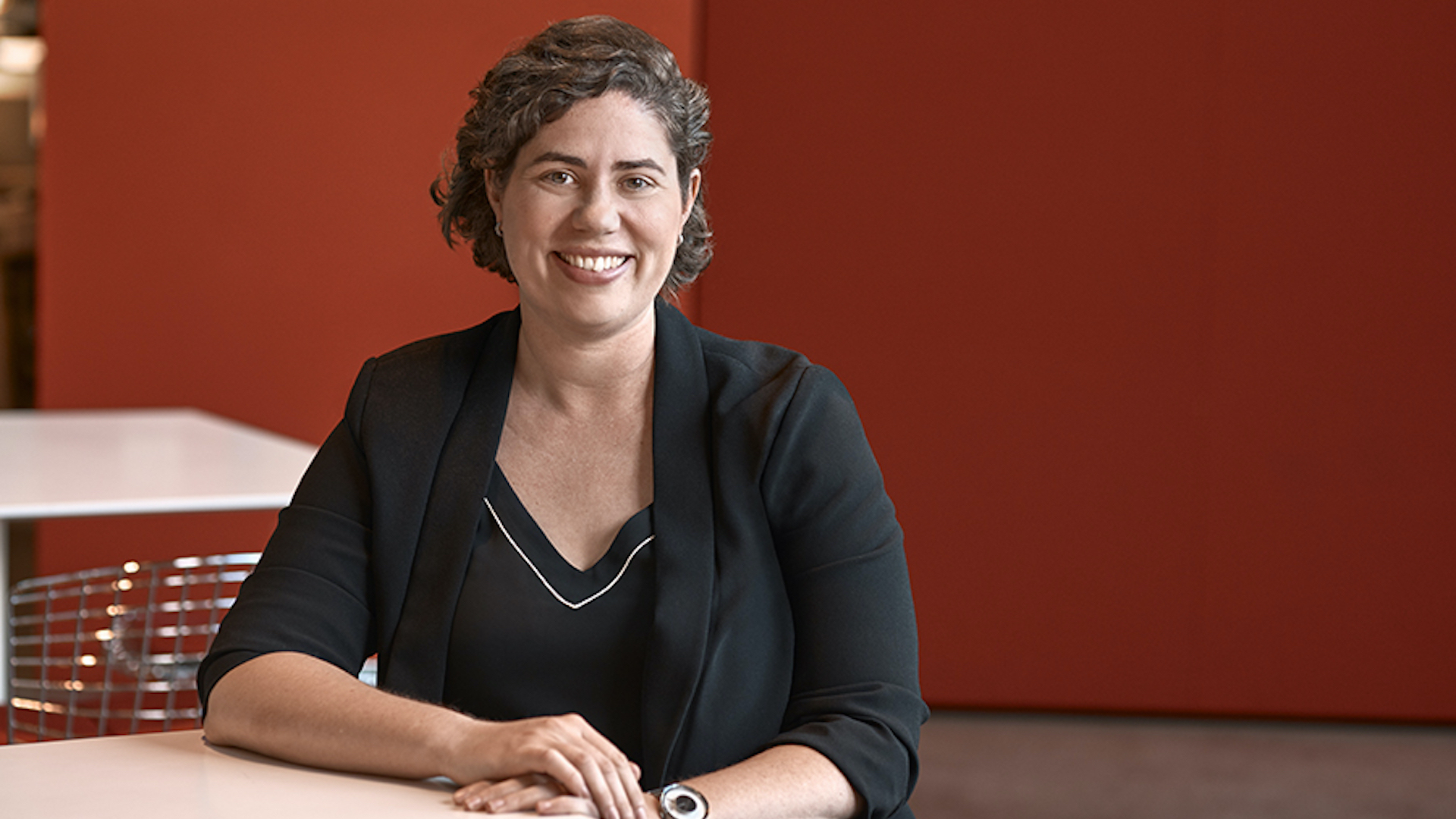When Green Brick Labs (GBL) was looking for a new partner to help build a proof of concept they had two requirements. The first was that they wanted the consultancy to be local. They had worked with non-local partners before and found there was a lot of back and forth, which didn’t suit their needs. And second, their next partner needed to have a strong design focus.
They found both in Zeitspace.
“That design-oriented part was really key because we were building a dashboard, whereas the other (third-party) providers that historically had worked with GBL, were just engineers so it was more about developing the back end. And for us the key piece to this was actually the front end rather than the back end,” said Cyrus Naini, GBL’s chief executive officer.
GBL’s designer was already focused on other commitments — they weren’t sure if they were going to move forward on the project and didn’t want to hire up for something that might not come to fruition. So it was important for GBL to find a partner they trusted and could build what they needed without all of the specifics pinned down.
“We showed up to the first meeting, really with no indication on our side of what we wanted this thing to look and feel like short of we knew that it had to look good,” said Naini. “What was really supportive of Zeitspace was the ability to just sit down and explain our requirements of what we wanted the end product to be.”
Within a week, Zeitspace came back with screen designs — the user experience (UX) design of a dashboard for GBL. It was exactly what GBL wanted, said Naini.
(Check out our case studies to read more about how we help clients succeed.)
And since GBL was trying to validate its idea as a viable solution, the company needed a partner that worked within their set budget. Once Zeitspace completed the design, Zeitspace then built a minimum viable product (MVP) with functioning software that GBL could show to potential customers. That approach saved GBL a lot of time, said Naini.
“That was something unique that we didn't actually anticipate when we went into the conversation. It was a proposed solution that we thought was perfect,” he said.
Zeitspace follows Agile methods of building and designing new products, with weekly sprint demos, sprint planning meetings, and regular standups so that product owners can see how the project is coming along and there aren’t any surprises at the end. That transparency suited GBL. Naini said the Agile mindset really shone through on their project because GBL could move really quickly and not have to wait two or three weeks to get a slight request into a sprint.
Using an Agile framework also made the handoff “exceptional,” said Naini.
“Everyone who worked on the project from Zeitspace, joined our team on a call. It was a complete walkthrough of the code explaining how the system works, giving some background information into the libraries that were used, and even helping guide our developers before we even decided to move forward on using the product,” he said.
“They (Zeitspace) were giving suggestions as well, which was immensely helpful, because it helped frame our developers’ minds into how we were going to shape this to what we ultimately wanted it to be.”
GBL used the dashboard Zeitspace built to validate interest in the application with their market. Today, the dashboard has the same design Zeitspace originally created, but is a fully built application and in the hands of six clients.
Zeitspace also offered advice on how to add real-time information to the dashboard — and GBL recently used that advice to build that feature.
“It was incredibly helpful that we essentially didn't have to start from scratch and kind of design what this would look like. We were able to leverage what was in the original UX (user experience) designs and the initial conversations that we had with Zeitspace on how it would actually work,” said Naini.
The project has not only helped drive GBL’s sales, said Naini, but it’s also helped drive their roadmap as they get customer feedback on what more their users would like to see in the dashboard.
“One thing I've learned, and I think most companies have learned, is don't over-engineer things. Get the basics out there as an MVP (minimum viable product), and then hear what the users want to see next, instead of trying to think about what the users would want next,” said Naini.
Read more about our work with GBL: Testing a business idea from concept to design and development.





